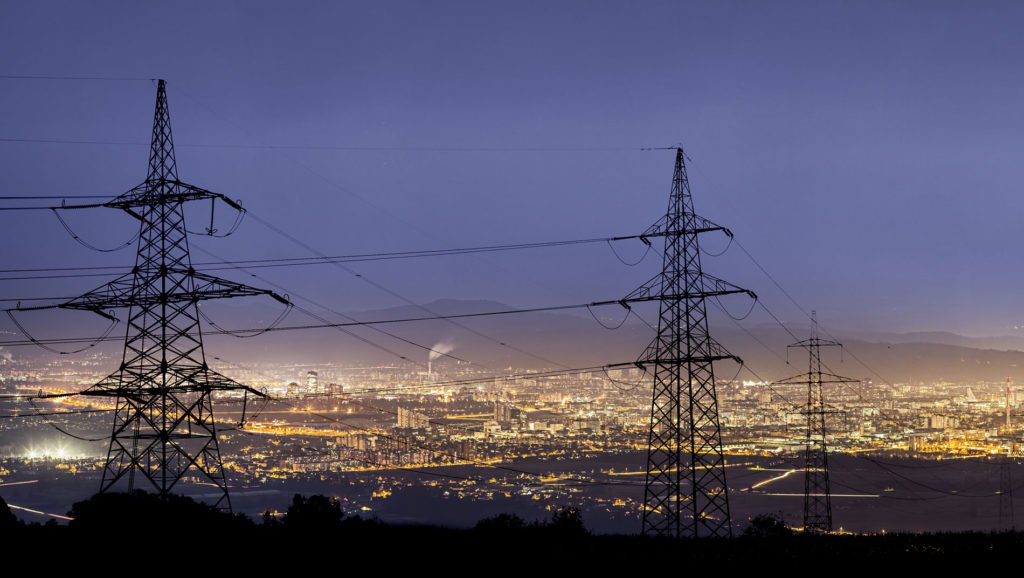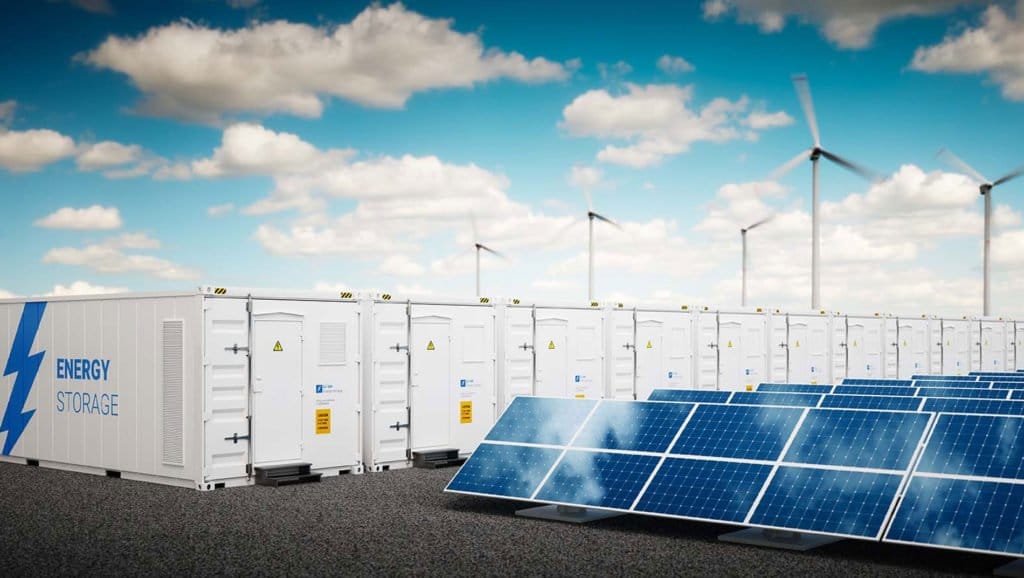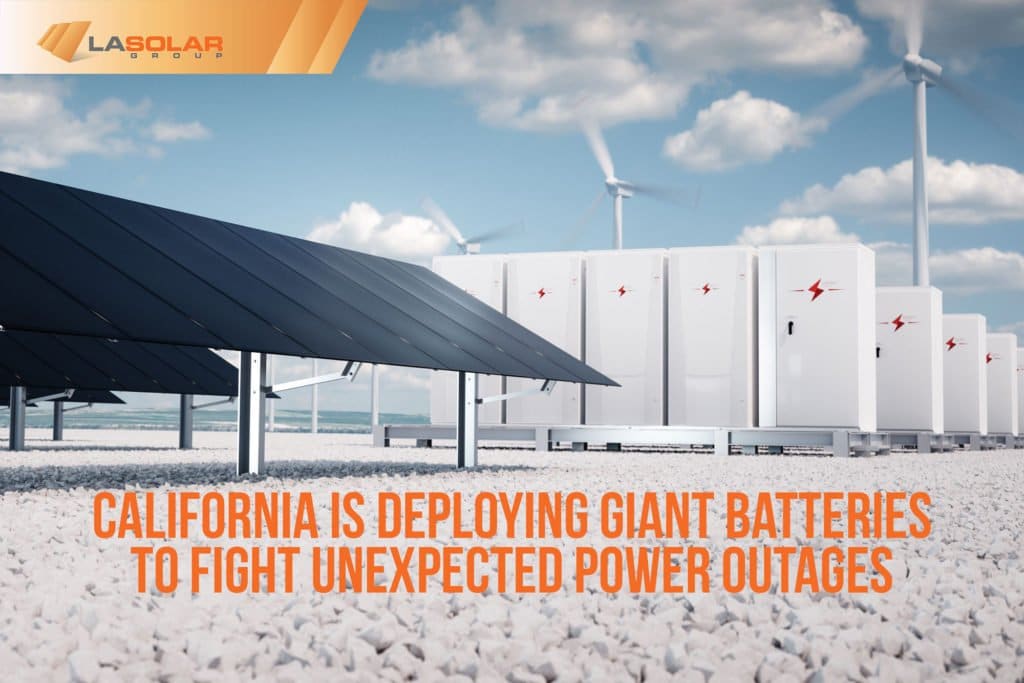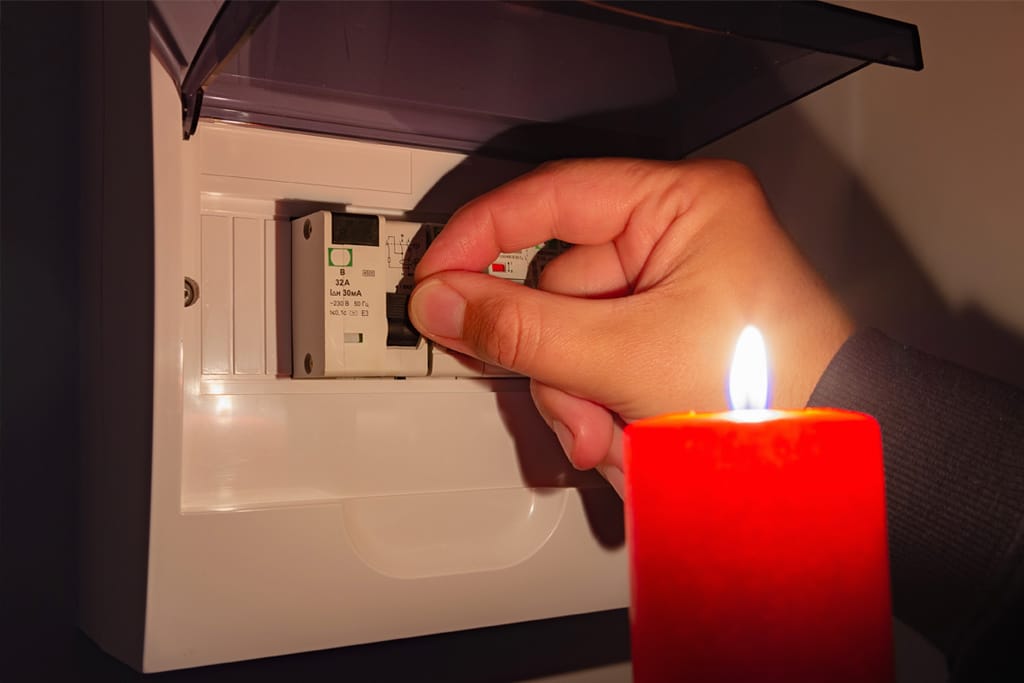Last Year California Rolling Blackouts were a cold shower for the energy authorities. Those unexpected power outages disturbed millions of consumers. Particularly, the two main reasons behind those Rolling Blackouts were record-breaking heatwave and grid failure to resist. No wonder, that energy authorities strive not to make the same mistakes and be fully prepared for this year’s potential demand peak. And what is the plan, you may wonder? The answer is more renewable energy and bigger batteries. Yes, batteries, similar to the ones you use to power your phones and cars, but in a gigantic version. And how would those batteries help to prevent shutdowns? Giant Batteries are being plugged into the electrical grid at lightning speed, given that California heat is approaching.

Testing Reliability Of Renewable Energy
Being an ambitious state, California set a goal to install more battery capacity than overall in China. This is a huge transition for both the state and the grid, as the grid is going to be powered largely by renewable energy. This will also be a great test to see whether renewable energy is a reliable and sustainable solution to implement vigorously. The test result will also prove to everyone that renewable energy was not the one responsible for Rolling Blackouts, as critics love to mention. Afterall, let’s not forget that California aims to power its energy needs by 50% by 2026, 60% by 2030, and eventually 100% by 2045. Massive deployment of those batteries and renewable energy systems around the whole country is an indication that state goals are pretty much in line with the country’s vision.

Installing Enormous Storage Battery Capacity
California expects to have 1700 megawatts’ new storage capacity, equivalent to power 1.3 million homes. However, it’s not that easy given that batteries have two major setbacks- cost and time. The currently available batteries are limited in terms of operations in the stretch. The longest that batteries can operate is 4 hours with one full charge, which may not suffice summer consumer demands. This also means that batteries will have difficulties in saving the situation, similar to Texas, where millions of consumers experienced power shutdowns for more than a week. Those battery packs are also more expensive compared to gas plants, often used as backup when the grid is overloaded during peak hours. The cost difference is approximately 16 dollars per hour. Those peaker gas plants also have limitations running only a few hours during the evening. But don’t get disappointed. Lithium-ion battery prices are dropping gradually, along with renewable energy system prices. Heavy R&D investment worldwide in energy storage may tap into unknown techniques and knowledge that will bring down the price even more.

Final Note
To meet the California goals and reach 100% renewable energy production requires installing five times the capacity it has now, reaching almost 49 gigawatts storage capacity. There are a lot of uncertainties that leave a lot of questions in the state energy authority’s minds. To play it safe, the state delays the closure of several gas plants that have been planned to stop operating this year.
Now California is more than ever equipped to fight Rolling Blackouts. Let’s see how it deals with the challenges.
The author of a publication: Elen Gevorgyan





